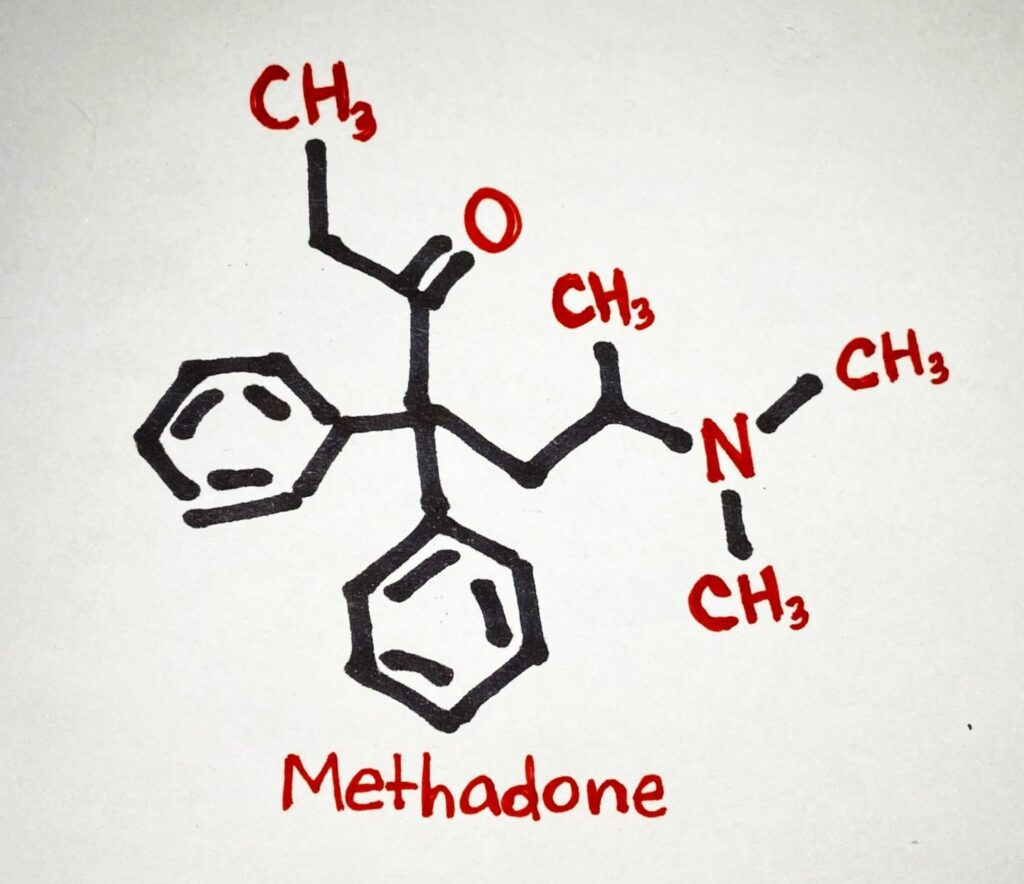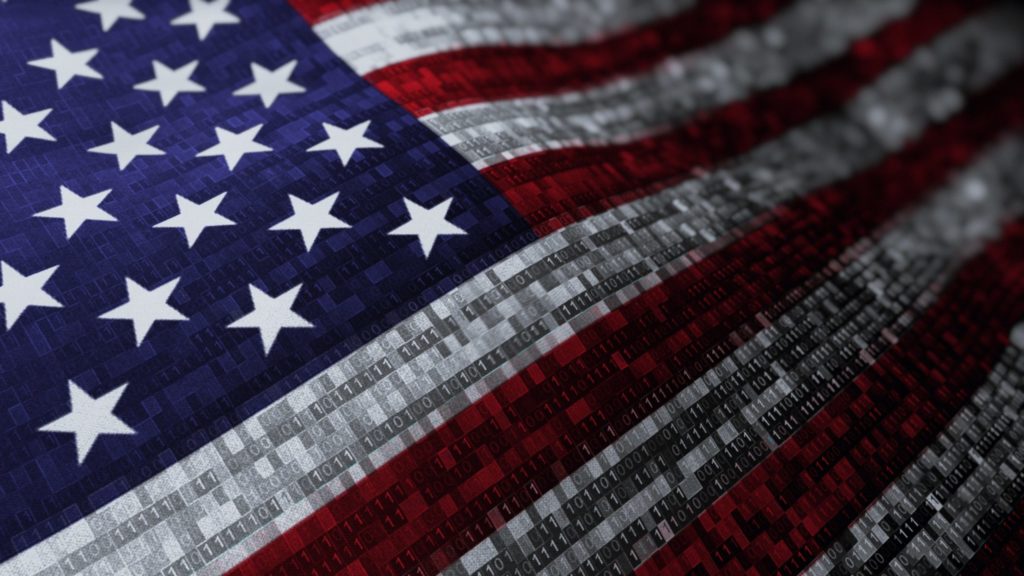R Sheet on Section 232 Reform
Authors
Key Points
Media Contact
For general media inquiries and to book our experts, please contact [email protected].
BACKGROUND
Article I, Section 8, of the Constitution gives Congress the power to regulate trade. And for 150 years after ratification, Congress used these powers to set tariff rates for specific imports and to regulate international trade. But since the 1930s, Congress has generally delegated its trade powers to the president.
Indeed, the shift from an assertive to a deferential posture is underscored by the Trade Expansion Act of 1962 (TEA). Section 232 of the law delegates to the president the power to adjust tariff rates unilaterally if the Secretary of Commerce determines that a particular import harms national security. In practice, the law’s ambiguous definition of “national security” has empowered presidents to make rate adjustments for a variety of reasons. However, prior to 2018, no president had invoked Section 232 to restrict imports since 1986, when the Reagan administration negotiated voluntary export restraints for “metal cutting and metal forming machine tools” with leading foreign exporters.
Note: This version is updated to correct an error in the version posted on Feb. 19, 2019.











